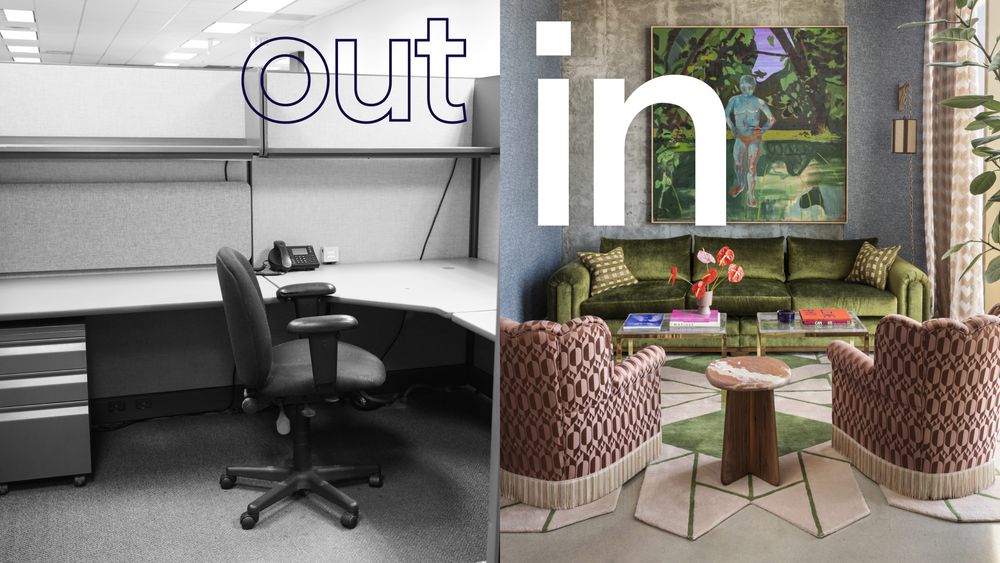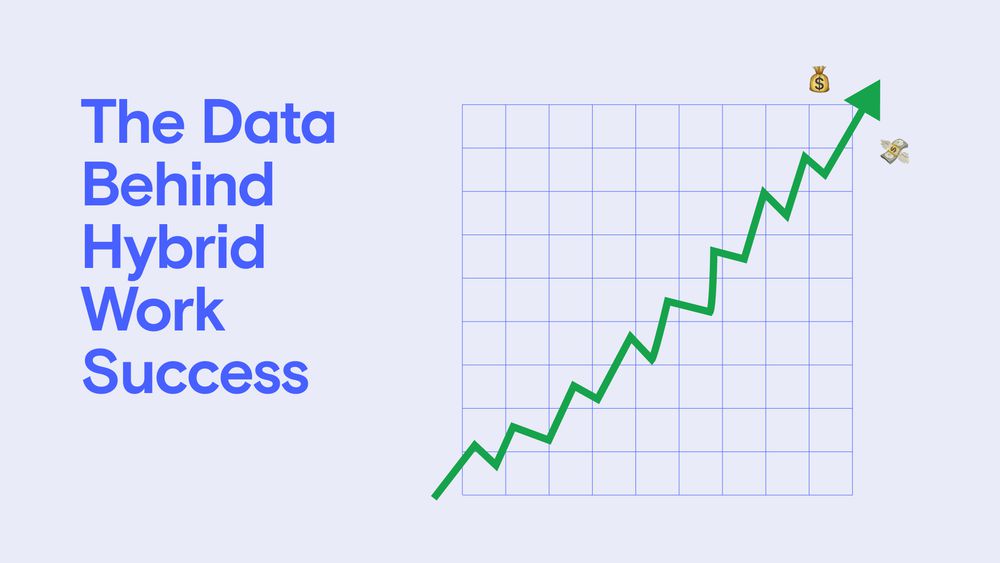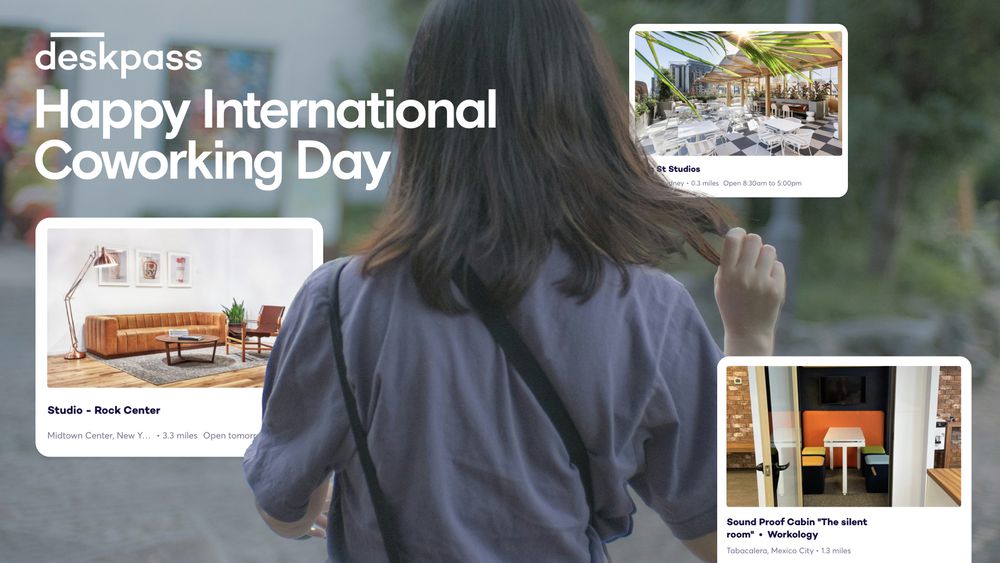It hasn’t taken long for AI to become an engrained part of most white-collar jobs, from financial accounting to full-stack programming. AI can write emails and optimize workflows, and can even take a first stab at your Q2 roadmap. It’s efficient and tireless. But while the bots can handle the tasks—they can’t feel the room. They don’t know when someone’s on the verge of burnout or when a team needs to rally over coffee, not just KPIs. There will always be a human side to work—and flex workspaces are where that side thrives.
AI can crunch the data, but it can’t spark the magic
Today, AI is the coworker that never takes a lunch break. It can analyze massive data sets, catch inconsistencies, and even draft your onboarding checklist. And hey, that’s helpful. Offloading the repetitive? Great.
But AI can’t tell when a joke lands. It can’t see a lightbulb go off in someone’s eyes mid-conversation. And it certainly doesn’t notice when the room needs a morale boost more than a metrics report. The more we automate the mechanical, the more the human stuff stands out: The nuance. The gut instincts. The quiet leadership moments that build trust without fanfare.
Culture isn’t built in Google Docs. And team chemistry doesn’t come from perfect Slack threads. If we want to preserve what makes working with people so powerful, we need spaces that support that energy—not stifle it.
What AI can’t touch: Real human intelligence
We’re not just talking about skills. We’re talking about presence and emotional insight, and the ability to say, “Hey, are you doing?” and really mean it. Do any of these situations sound familiar?
That moment when a hallway chat sparks a breakthrough.
That unexpected side conversation that unblocks a project.
The nonverbal cues that say more than a status update ever could.
These aren’t side benefits of in-person work. They’re the glue that holds great teams together. And while remote tools have evolved fast, the truth is: the deeper stuff still happens in real space—in places where people can relax their shoulders, share an unpolished idea, and feel like they belong. AI doesn’t know what belonging feels like, but your team does. And they notice when it’s missing.
Human-centered workspaces: Where the good stuff happens
A great workspace isn’t just about looking nice. It makes people feel invited to do their best work. The design is intentional—comfortable furniture, natural light, a layout that encourages flow. There’s space to focus and space to connect. It feels less like an obligation and more like an asset.
When people are in a space that respects them, they show up differently. They’re much more engaged and more curious. They even feel empowered to be more generous with their ideas. Burnout gets a little less brutal when the space quietly says, “You matter.” Collaboration gets easier when you don’t have to fight over outlets, elbow room, or mental bandwidth.
So, that begs the question: what actually makes a workspace feel human? The answer is… (un)surprisingly human:
Comfort. Supportive chairs, inviting lounges, and areas to breathe—not just work.
Human-centric design. Quiet zones for focus, open spaces for conversation, and more.
Natural light and greenery. Because harsh lighting and blank walls don’t spark joy.
Room for connection. Spots to chat, grab coffee, and build trust beyond the to-do list.
Clear cues of belonging. Inclusive design, accessible layouts, and details for people.
Human-centered design is fuel for productivity. It’s what turns a space into a culture builder, and it’s what sets great teams apart in a world full of “meh” offices.
Why flex workspaces are leading the charge
If human-centered spaces are the goal, flexible workspaces are the accelerator. They’re adaptable, thoughtfully designed, and ready when you are. Whether your team needs solo focus pods or meeting rooms with whiteboards and caffeine on tap, the right flex space shows up with you—not against you. And the best part? These spaces are already tuned into what modern teams actually need.
With platforms like Deskpass, it’s easier than ever to find places that feel professional and personal. You get instant access to spaces that support different work styles without making anyone feel boxed in. Here’s what flex workspaces bring to the table:
Agility without chaos. Scale up for a team retreat or downshift for deep solo work—no long-term leases, no logistical acrobatics.
Intentional design. Layouts that promote focus and connection. You won’t find sad cubicles here.
Built-in community. Opportunities to collide with other thinkers, founders, and creators. Sometimes the best ideas start in the kitchen.
Location freedom. Choose spaces close to clients, commutes, or creativity—wherever the work wants to happen.
You’ll find rooms that encourage collaboration without cramming people into chaos. Private offices where you can take a call, think out loud, or finally finish that proposal. Lounges that feel more like a home base than a holding pen. And in the in-between moments—the casual conversations, shared snacks, the silent nods of understanding—that’s where connection
The future of work is emotional
Tech will keep advancing. AI will keep evolving. But the most resilient, magnetic companies? They’ll be the ones that double down on human moments, and they’ll invest in places where people feel grounded.
So, if you’re thinking about future-proofing your team—don’t just chase the next software subscription. Think about the space: the lighting, the layout, the overall feeling your people will get when they walk in. Start with a place that feels good to be in and let the rest follow. Discover Deskpass and find a space that works like your team does—human-first, always.



